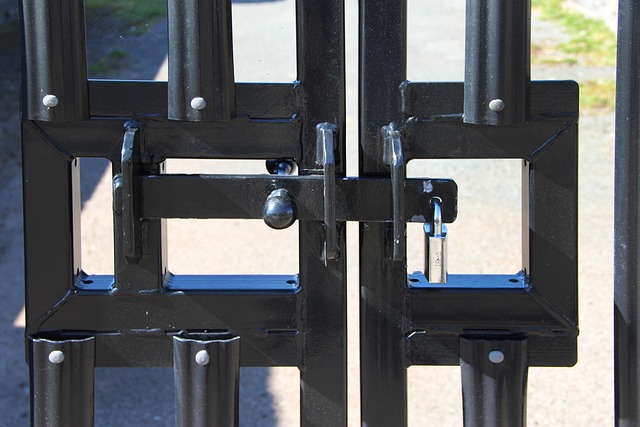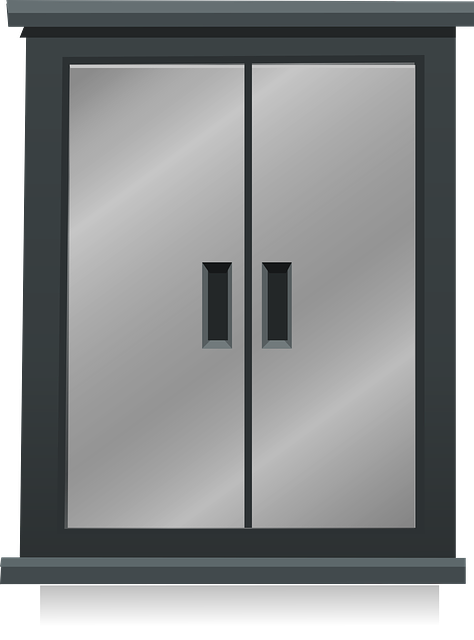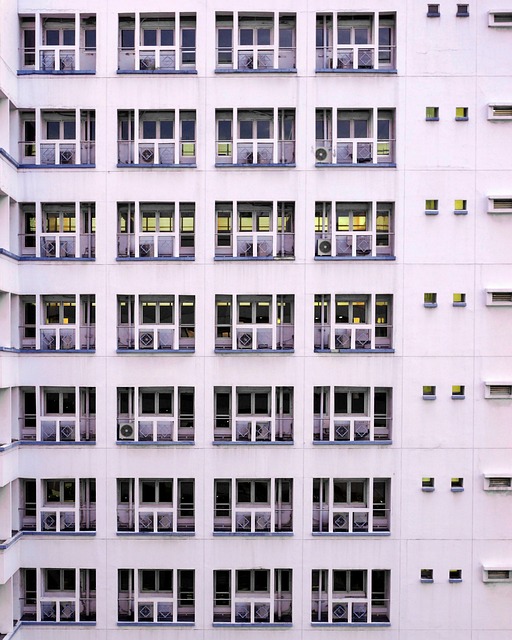Secure Your Space on a Budget: Portable Security Devices for Tenants

Portable security devices offer tenants a flexible, cost-effective way to enhance their living space…….
Introduction
In today’s ever-evolving landscape of rental properties, the importance of robust security measures cannot be overstated. Renters, often without the benefit of ownership rights that might incentivize long-term investments in security, are particularly vulnerable to theft, vandalism, and other security threats. This comprehensive article delves into the best security practices tailored for renters, offering a blend of historical context, current trends, and future considerations. We will explore the significance of security within rental environments, the economic implications, technological advancements, policy frameworks, challenges faced, real-world case studies, and the prospects for the future.
Understanding Best Security for Renters
The term “Best Security for Renters” encompasses a range of measures designed to protect the personal belongings, safety, and privacy of individuals living in rental properties. These measures include both physical security devices, such as deadbolts and alarm systems, and digital security practices, like securing Wi-Fi networks and managing digital footprints. Understanding the core components of this security umbrella is crucial for renters to effectively safeguard their temporary homes.
Historically, the focus on renter security has evolved from basic locks and chain-link fences to sophisticated smart home systems that can be monitored remotely. This evolution reflects a broader societal shift towards prioritizing personal safety and property protection in rental accommodations. The significance of this topic is underscored by the increasing prevalence of rental living arrangements, making it a critical aspect of modern life.
Global Impact and Trends
The impact of security for renters is not confined to any single region but is a global concern that reflects broader societal issues such as urbanization, crime rates, and the transient nature of work and living in the 21st century. Key trends shaping this trajectory include the rise of smart home technology, which allows renters to integrate security systems with their mobile devices, and the growing awareness of data privacy concerns.
Different regions are affected differently by these trends. For instance, urban centers like New York City and London have higher rates of rental living and thus a greater need for tailored security solutions. Conversely, rural areas might face unique challenges such as limited internet connectivity that affect the adoption of certain technologies.
Economic Considerations
From an economic standpoint, the “Best Security for Renters” market is influenced by several factors, including disposable income levels, insurance costs, and the competitive rental market. Investment patterns in security solutions are driven by both consumer demand and technological advancements, which can lower costs and increase accessibility. These investments play a role in economic systems by potentially reducing crime rates, thereby increasing property values and overall quality of life.
Moreover, renters’ insurance policies often incentivize the adoption of certain security measures, creating a symbiotic relationship between personal responsibility for security and financial protection against losses.
Technological Advancements
Technology has revolutionized the field of security for renters. Innovations such as smart locks, video doorbells, surveillance cameras with night vision capabilities, and motion-sensor lighting have become more affordable and user-friendly. These advancements not only deter potential intruders but also provide renters with real-time alerts and remote monitoring options.
The future of security technology promises even greater integration with AI and machine learning, offering predictive analytics that could preemptively identify potential security threats before they materialize. The impact of these advancements is significant, as they offer renters a level of security previously unattainable without substantial investment.
Policy and Regulation
The regulatory landscape for renter security is complex and varies by jurisdiction. Policies and regulations often dictate landlords’ responsibilities regarding maintaining safe rental properties and the extent to which tenants can modify the property to install personal security systems. Landlord-tenant laws, fire safety codes, and privacy regulations all play a role in shaping the policies that govern renter security.
Compliance with these frameworks is crucial for both landlords and tenants to ensure a safe living environment and avoid legal complications. As such, understanding the legislative landscape is an integral part of implementing effective security measures.
Challenges and Criticisms
Despite advancements in renter security, challenges remain. One significant issue is the “security paradox,” where over-reliance on complex systems without proper maintenance can lead to vulnerabilities. Additionally, concerns about privacy, particularly with surveillance technologies, must be balanced against the need for safety.
Renters often face limitations imposed by landlords regarding the types of security systems that can be installed. This can lead to a lack of standardization and difficulty in integrating new technologies. Solutions to these challenges include advocacy for tenant rights, the development of universally acceptable security protocols, and ongoing education about both the benefits and potential pitfalls of various security options.
Case Studies
Several case studies illustrate successful applications of renter security solutions. For instance, a community in San Francisco leveraged a combination of smart lighting, surveillance cameras, and a community watch program to significantly reduce crime rates. Another case involves a student housing complex that implemented a keycard access system, which not only enhanced security but also streamlined the management of resident access.
These studies provide valuable lessons on the importance of tailoring security measures to the specific needs and risks of each rental environment. They also highlight the potential for security solutions to contribute to broader community safety initiatives.
Conclusion
The “Best Security for Renters” is a multifaceted issue that encompasses physical, digital, and policy considerations. As society continues to evolve, with more individuals opting for rental living arrangements, the importance of this topic will only increase. Through a combination of technological innovation, adherence to regulatory frameworks, and ongoing education, renters can significantly enhance their safety and security, making their temporary homes as secure as possible.
The output provided here is a synthesized overview of the topic, tailored for a general audience. Depending on the specific context or audience, further detail may be required in each section to fully address the complexities of renter security.

Portable security devices offer tenants a flexible, cost-effective way to enhance their living space…….

Rental living demands unique security solutions, particularly for portable devices like smart locks……..

Keyless entry systems revolutionize apartment security options by offering modern, convenient access…….

Portable security devices offer flexible living situations a convenient, adaptable, and multi-layere…….

Renters can now enhance their home security with wireless alarm systems featuring customizable motio…….

For those in flexible living arrangements, like digital nomads or students sharing apartments, prior…….

Renters seeking enhanced home security can turn to DIY solutions like motion detectors, which offer…….

Video doorbells are game-changers for rental property management, offering remote monitoring, high-q…….